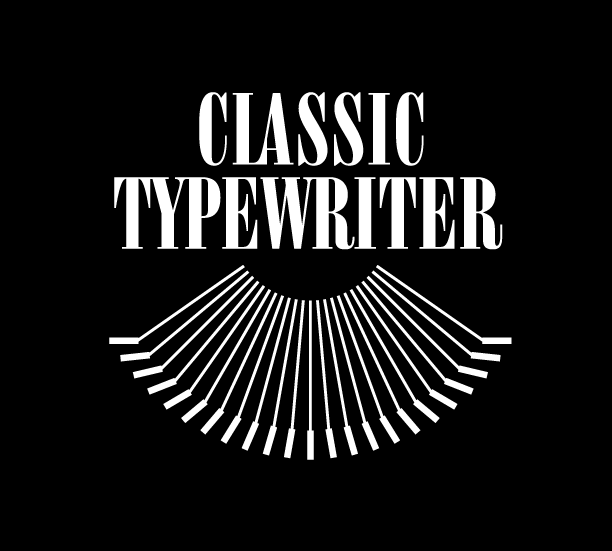The Click-Clack Chronicles: Iconic Typewriters and the Legendary Writers Who Loved Them
Typewriters, the charming heralds of the written word, have been the steadfast companions of some of the most legendary literary figures. Despite the digital age sweeping across our writing desks, the nostalgic allure of these mechanical marvels continues to captivate enthusiasts and collectors alike. This post explores the illustrious history of typewriters, spotlighting famous models and the iconic writers who swore by them.
## The Dawn of Typewriting
The typewriter revolution began in the 1860s, with the Sholes and Glidden typewriter making a groundbreaking debut as the first to feature the QWERTY layout—a design so efficient that it remains virtually unchanged in today’s keyboards. As typewriters evolved, each model introduced new features that made typing smoother, faster, and more reliable.
## Iconic Typewriter Models
**Underwood No. 5**: Introduced in 1900, this model became synonymous with the typewriter itself, its robust build and reliability setting the standard for future designs.
**Royal Quiet Deluxe**: This typewriter was a favorite of Ernest Hemingway, who appreciated its sturdy yet smooth operation—qualities that perfectly suited his terse prose.
**Olivetti Valentine**: Launched in the 1960s, the Valentine eschewed traditional design for a vibrant, pop-art aesthetic, making it a favorite among visually-driven writers and design enthusiasts.
**IBM Selectric**: With its revolutionary typeball mechanism, the Selectric transformed typewriting into a near-effortless task and became a fixture in offices worldwide.
## Writers and Their Trusted Machines
**Mark Twain**, a pioneer in many ways, was also one of the first authors to submit a typewritten manuscript, favoring the Remington typewriter for its dependability.
**Agatha Christie** crafted her intricate mystery plots on a Remington Home Portable, her typewriter of choice which offered a balance of portability and functionality. She also used a Corona Three while traveling.
**Ernest Hemingway’s** writing process was famously rigorous, and his Royal Quiet Deluxe was a trusty tool in his literary arsenal, accompanying him from the cafés of Paris to the sunlit shores of Key West. He’s also been pictured with a Remington Noiseless Deluxe.
**Jack Kerouac**, another titan of American literature, famously used an Underwood typewriter to hammer out his seminal work, *On the Road*, on a continuous 120-foot roll of paper. He also used a Hermes 3000 for his last works.
## Cultural Impact
Typewriters have not only assisted authors in their craft but have also become ingrained in the cultural fabric, symbolizing the earnest, laborious approach to writing. Today, they are celebrated in films, literature, and art, often evoking a sense of nostalgia for a seemingly simpler, more deliberate time.
## Collectibles and Nostalgia
The resurgence of typewriters as collectibles speaks to a broader cultural yearning for tactile, analog experiences in a digital world. Enthusiasts revel in the mechanical satisfaction of typing and the immediate physical imprint of ink on paper.
## Conclusion
The typewriter’s legacy is as enduring as the literature it helped create. These machines are more than just tools; they are gateways to an era that cherished the art of writing. As we continue to navigate a digital textual landscape, the romantic image of the typewriter reminds us of the physicality and presence of the written word.
## Engage with Us!
Do you own a vintage typewriter, or do you remember the stories penned on one? Share your photos and stories with us and join the community of those who celebrate these extraordinary machines.
By revisiting the stories of these classic typewriters and the writers who loved them, we keep alive the spirit of an age defined by its dedication to craft and creativity. Whether you're a literary scholar, a history buff, or simply a lover of all things vintage, the journey through the history of typewriters is a testament to the timeless nature of good storytelling.

